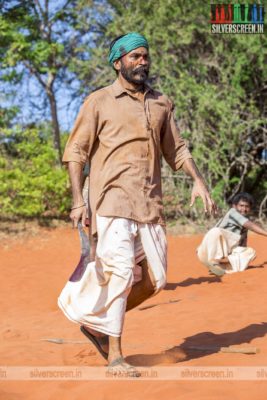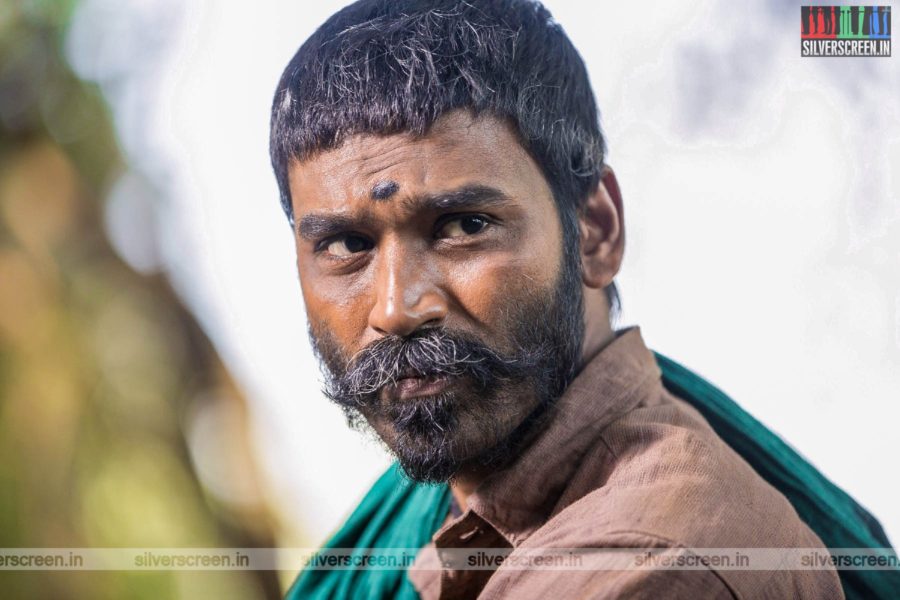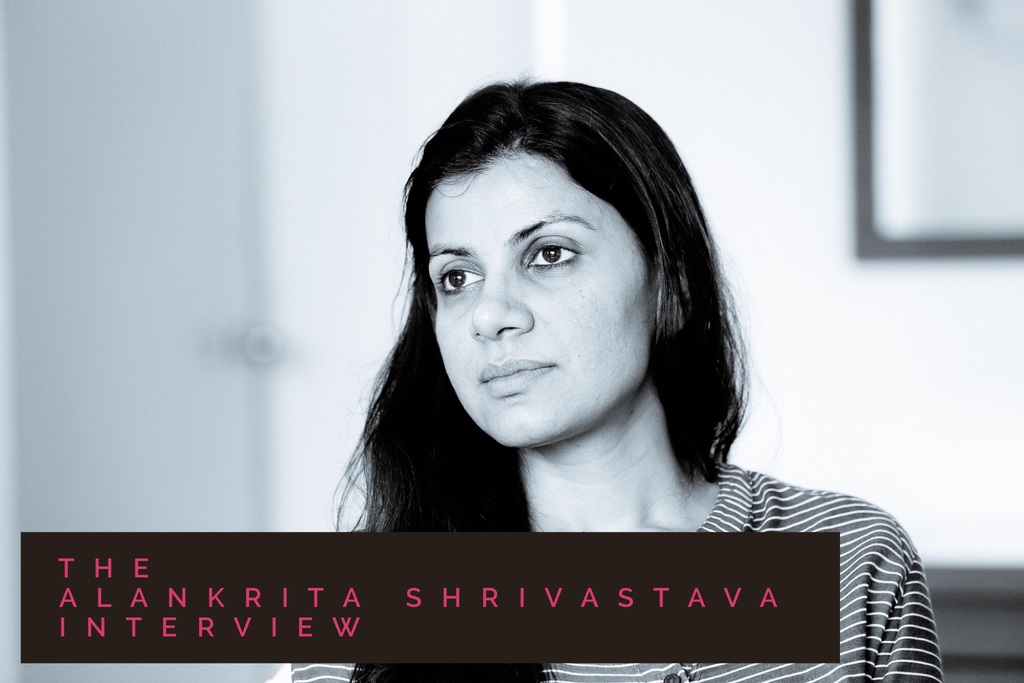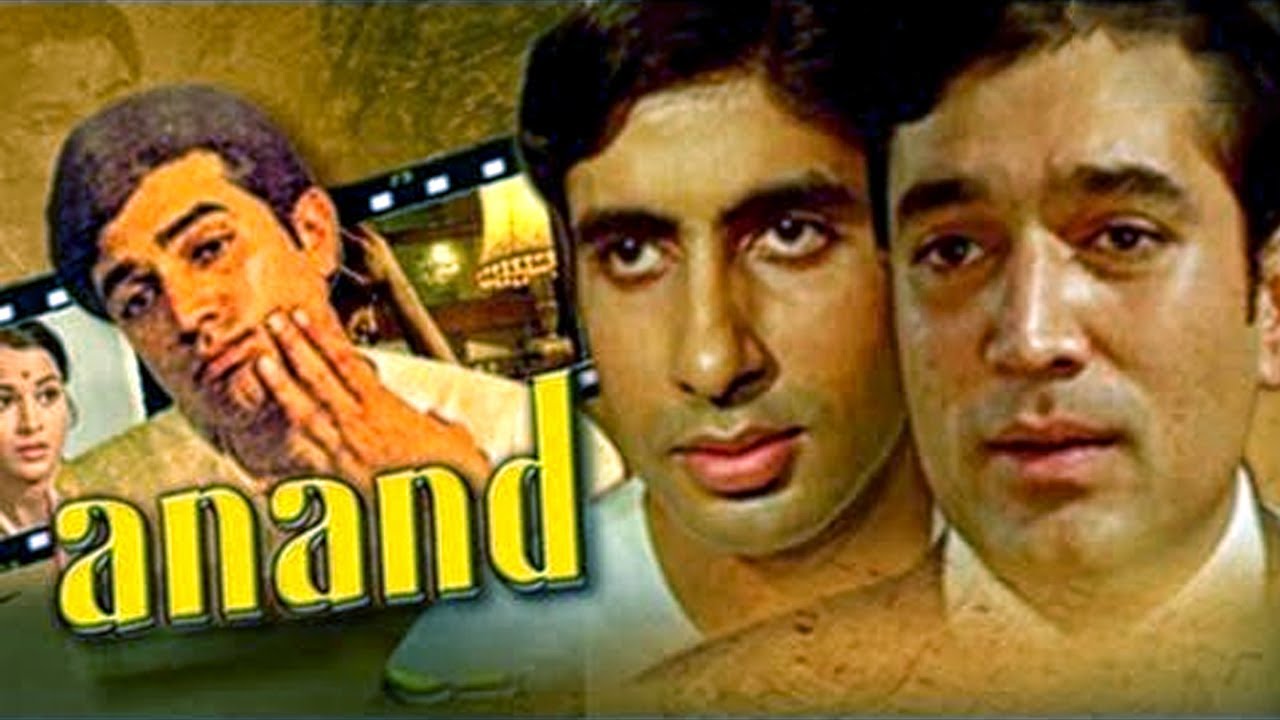As I came out of the theater on Friday, after watching the Tamil film Asuran I still had goosebumps. My mind was numb for a while. I cannot read, speak, or write Tamil, and did not understand a single dialogue in the movie (the show I watched had no subtitles). Nevertheless, I told myself that I know this story. I had read this story, and I have known people who have lived this story. So I went to watch it. (Asuran is an adaptation of Poomani’s novel Vekkai).
Asuran is a massively successful depiction of the story in this sense. It transcends the boundaries of language. If you know the history of violence (of feudal upper castes) and assertion (of dalits), then you can not only understand how meaningful it is to see this story in a motion picture but also, you will find a fresh perspective on the community. As fighters, not as just victims of caste-crimes.
In Bollywood, all revenge dramas keep the weapon of assertion in the hands of upper castes, in the fight against the injustices of upper-caste landlords. I think bollywood peddles an ugly distortion of the social history of the dalit community. Asuran is the answer to all of these bollywood movies.
Asuran is a story I have read, seen, and known because, it is the story of all dalit communities across India who have been fighting, undaunted while trying to make their lives better, dignified, and meaningful under democracy. Let me elaborate.

Asuran Movie Stills Starring Dhanush
In the year of 2006, the Khairlanji massacre took place in Maharashtra. It began with a Bhotmange (dalit/buddhist) family that owned land and was living a life of dignity. Priyanka, the daughter of the family showed brilliant progress in her studies. This made kunbi (upper castes) landlords from the village jealous, and they started troubling Surekha Bhotmange, the mother, an assertive woman from the family. Often these kunbis would pour water in her farmland, or sometimes stop the supply of water to her farm, which affected her crops. Surekha lodged a complaint with the police. A conflict began that culminated in the most brutal caste-crime in the history of modern India.
If you know the history of violence and assertion in India, Asuran makes complete sense to you. In Panchaiyamma’s character (played by Manju Warrier) you see Surekha Bhotmange. You understand that the story of Asuran is a saga of the struggle of several centuries. In it, the victim transforms into a fighter; the creator of his own life.
Unlike in the earlier movies of Vetri Maaran (Aadukalam being my favourite), Asuran is rich in semiotics as well as in its vision. The real triumph of Asuran lies in its cinematic language which, implicitly yet brilliantly, carries the social history of violence in the fictional form.
For instance, when a pig enters Sivasamy’s (Dhanush) field he and his son Murugan follow it to capture it. Somehow it escapes and crosses into the boundary of Narsimhan’s field which is fenced with electric barbed wires. A pig escapes it, but when Sivasamy’s dog follows it, it does not reach beyond the wires and succumbs to the shock from the wire and dies.
The barbed wires stand as the symbol for untouchability, which a wild/stray animal can cross but not men from dalit community nor their pets. Though it’s among the less violent scenes of the movie, it carries a crucial subtext as it explains the relationship between its characters.
In another scene, when the movie goes back into the past, Sivasamy is seen wearing footwear and walking with dignity across the bazaar. He encourages his small-time love to wear footwear to school which makes the upper castes uncomfortable. They resort to violence, to which, in the consequent scene, Sivasamy answers with violence in defense. Despite being able to answer casteism with violence, Sivasamy however, then joins his brother to lead the struggle for their panchami lands in a democratic manner. This results in landlords inflicting further deaths, including that of the love of his life, Mariyamma (Ammu Abirami). The most plausible interpretation of this scene is that when a dalit person aspires to fight in a democratic way, (s)he not only has to face scorn and the violence of upper castes but also has to lose what is most precious to him/her: love.
But the scene which becomes the focal point of the movie, which also leads to the development of a future vision of assertion (education) in Sivasamy is the death of his eldest son, Murugan. The scenes that follow this death create a feeling of helplessness in Sivasamy. His family continues to fight against this violence with legal means. But this does not bear any fruit.
Asuran’s climax scene and Sivasamy’s dialogue here showcases the maker’s vision. In my opinion, the movie creates a strong impact because it dares to go, in its climax scene, beyond the revenge of its protagonist, Sivasamy. He moves past his history of assertion, of violence and bloodshed. As someone prone to humiliation but resisting it from time to time, in the last scene of the movie, he tells his younger son Chidambaran (who kills the landlord Narsimhan, for killing his elder brother, Murugan) — “If we own farmland, they will seize it. If we carry money they will snatch it. But if we have education they can never take it from us.” And smiles.
Recommended
Sivasami’s smile symbolises the arrival and the acquisition of meaning in the life of this rebel, who daringly fights landlords and their casteism, and stands up for a dignified life. Asuran is not a revenge drama; it is the rebel biopic of an entire community, who from being called untouchables have recently shed their victimhood; who’ve adapted democratic means and asserted that with education a world with justice, fraternity and liberty is possible.
If it’s a revenge drama it would have never asserted the vision of education in its climax. Because revenge dramas end with the killing of the enemy. Asuran is the story of how dalits live, each day in their own way, fighting, resisting, trying to make sense of what comes from Ambedkar: educate, organise, agitate.
Yogesh Maitreya (wanjariyogesh85@gmail.com) is a poet and translator. He is a PhD scholar at the Tata Institute of Social Sciences, Mumbai, studying the history of Ambedkari Shahiri in Maharashtra. He is also a founder of Panther’s Paw Publication



